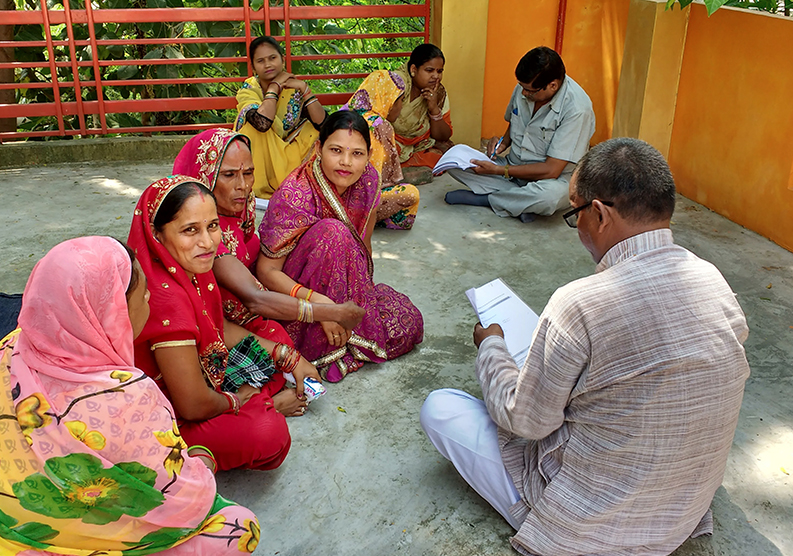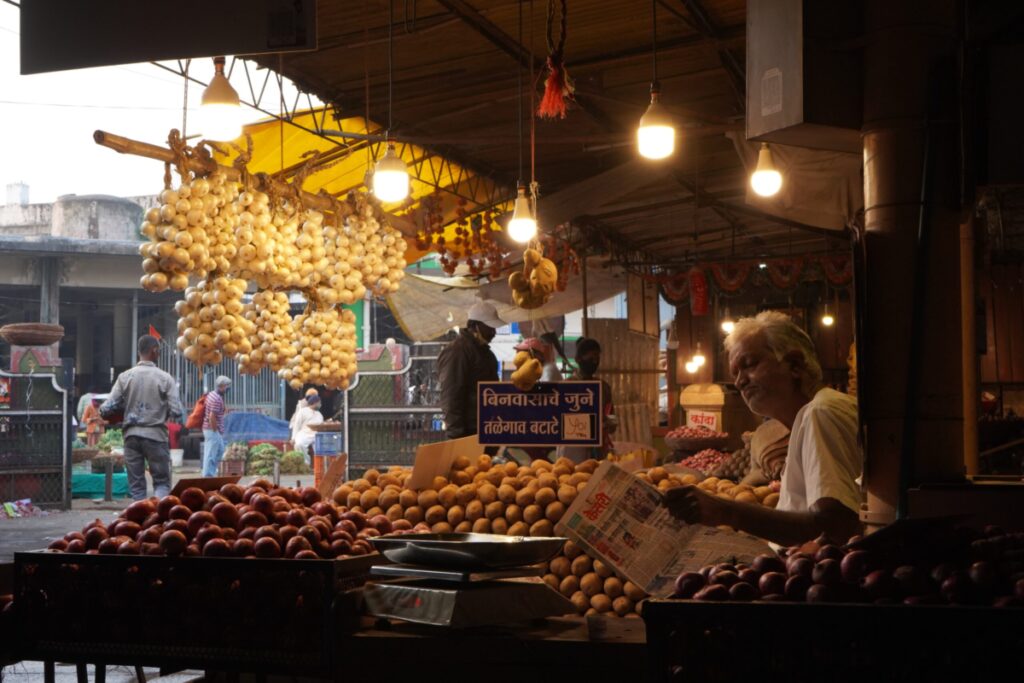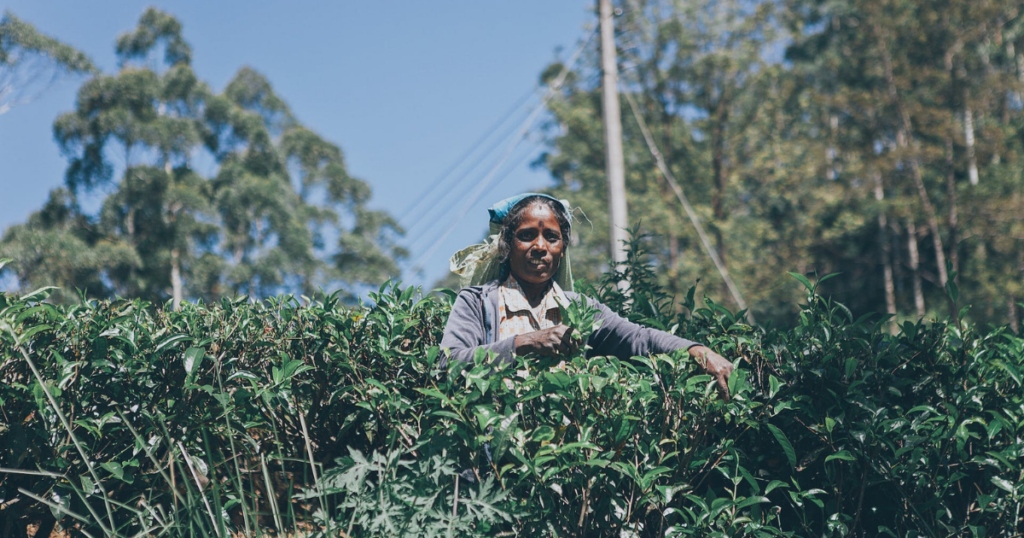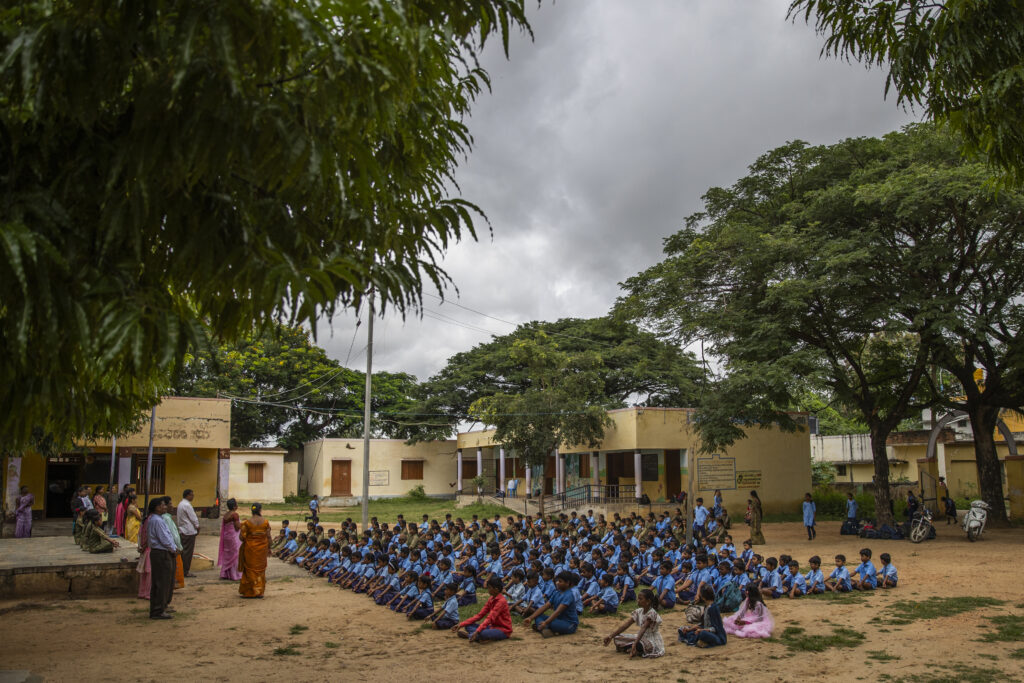OBJECTIVE
The Corporate Social Responsibility (CSR) arm of a Mumbai-based bank wanted to understand the impact of its programme aimed at improving livelihoods of Victims of Commercial Sexual Exploitation and Trafficking, implemented with an on-ground NGO partner across five states. We conducted a detailed assessment of the impact of the project.
SATTVA’S ASSESSMENT APPROACH
We studied 400 women from three of the five states using a hybrid methodology combining qualitative and quantitative data. These women, who had been part of the programme before September 2015, were interviewed through focus group discussions along with multiple stakeholders – implementation partner, local NGOs and anganwadi workers. The discussion was a means to gauge improvement in livelihood patterns, changes in income levels, overall empowerment in taking household decisions for those who chose to opt out of this trade, and more importantly reduction in social exclusion. These parameters formed the qualitative side. Quantitative data, on factors like increase in household income, improvements in family’s standard of living, and education opportunities for their children because of higher income, was collected through a survey.

KEY LEARNINGS
Working and studying a sensitive community brought out valuable insights for us as well as the ecosystem at large. This programme successfully demonstrated self-employment is a sustainable model for livelihood for this group of women, and one that can be institutionalised. Our hybrid methodology, that blended quantitative and qualitative data, proved to be innovative as well as a disciplined and systematic approach leading to desired results within designated time-frame. Also, liaising with an external expert, who came with in-depth understanding of this community, helped us communicate effectively in order to gather valuable information. Collaborating with the NGO provided balance in field dynamics, as they gave us necessary inputs and direction on broaching sensitive questions. This, we believe, was a crucial aspect of the assessment. As a result, the CSR arm was able to assess the programme’s impact well, and the programme proved to be feasible for this community.
HIGHLIGHTS
● Studied a sample set of 400 women in three states
● States covered: Uttar Pradesh (Lucknow), Andhra Pradesh (Vizag) and Maharashtra (Pune)
● Duration: 2.5 months
● Age group: 20-50 years
● Adopted a scientific research methodology blending qualitative and quantitative data
● Assessed a complex socio-economic and cultural setting
BLURB
“Adopting a hybrid methodology was an extremely disciplined and systematic approach leading to desired results within the time-frame earmarked for this assessment.”




